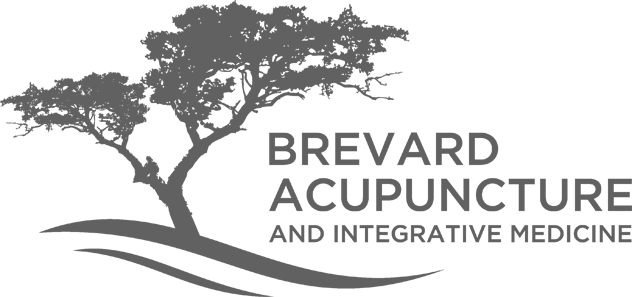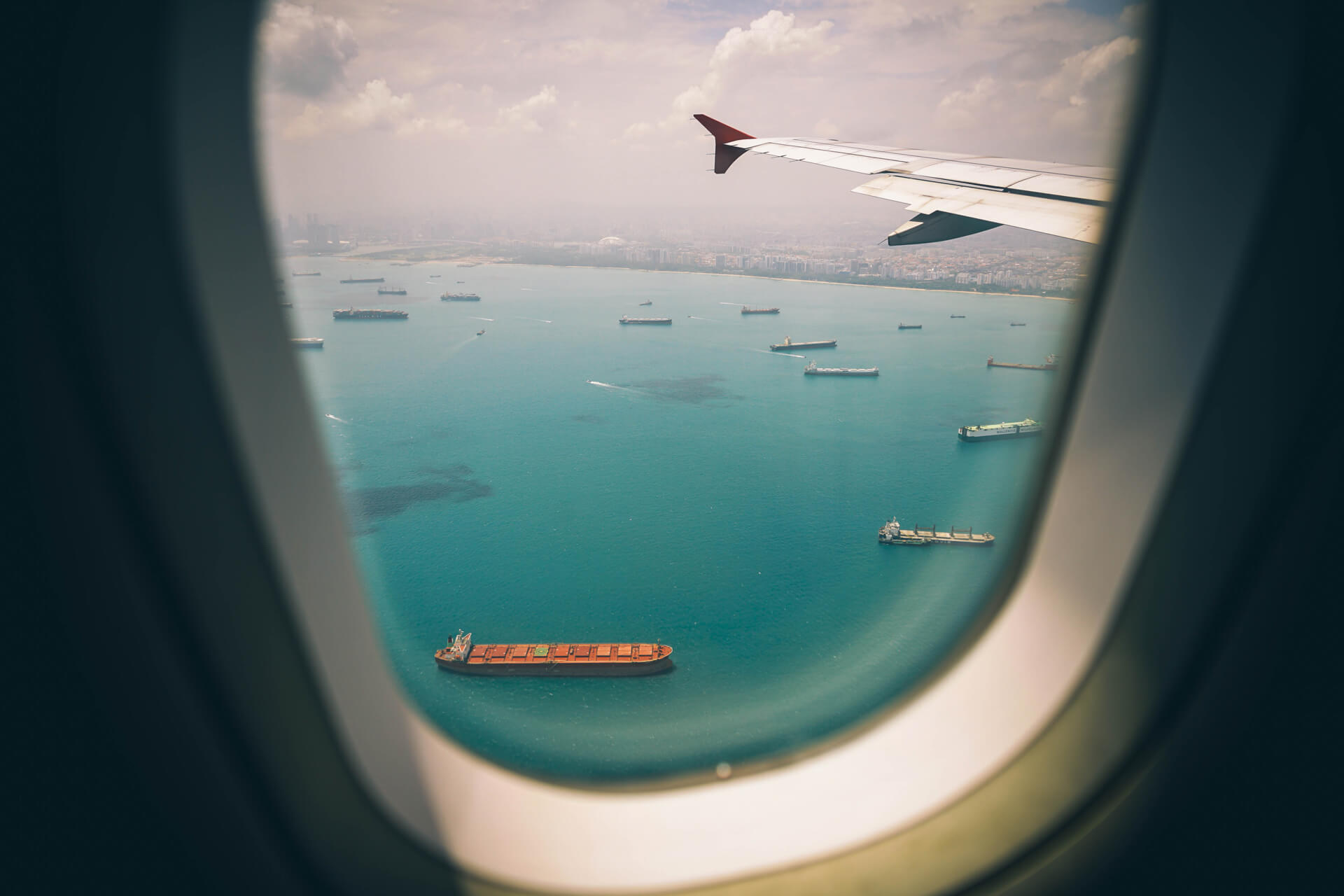Traveling and long haul flights mean fun and adventure, exploration of new places and cultures, and the excitement of meeting new people. We also get to enjoy some in flight entertainment, such as binge watching our favorite tv shows or films we missed, listening to music of different genres, playing games, or simply catching up on our reading. However, many hours of being confined in a plane has its discomforts. Some of us suffer from irregular sleeping patterns and jet lag from crossing time zones, which can affect the body’s physiology and give us a feeling of sluggishness. Lack of sleep wears us down, causing fatigue and bodily coordination to be off and impaired. Low cabin humidity from the plane can cause dryness in the skin, throat, and mouth. It also feels uneasy to sit for long periods of time with limited leg room; leg muscles become cramped and sore; we experience back, limb, and joint pains, and ankles and feet feel swollen. Being immobile for several hours may increase the risk of developing a clot (also called deep vein thrombosis1). Long flights can also cause changes to pressure in the ears, throat, and nose.
The following exercises are recommended to make your flight more enjoyable and less tiring, help you loosen out stiff and tired muscles, and just stimulate your body and senses so you can have that needed boost of energy once you arrive at your destination.
(1) Breathing exercises
Breathing exercises can help you relax and sleep better. Take 10-15 deep, slow, and mindful breaths. Take a deep breath inhale for a count of 4 or 5, and deeply exhale for a count of 4 or 5. Focus only on your breath, while your eyes are closed, and think good thoughts.
(2) Head and neck exercises
Carefully tilt your head towards your left shoulder, and hold this stretch for a few seconds. Then repeat on the right shoulder, holding your head again for a few seconds. You can place your hand on your head to deepen the stretch. Do this a few times.
To do a neck roll, nod your chin down and slowly roll your head to the right, then back, and to the left until you make a full circle. Do this a few times in each direction.
(3) Shoulder, arm, and wrist exercises
Raise your shoulders and rotate them forward in a circular position, then rotate them backwards. Do this a few times.
For the arms, raise your right arm above your head and bend at the elbow, with your hand at the top center of your back. With the left hand, carefully pull on the right elbow, keeping the right hand in place. Do this with the other arm and repeat a few times.
Do circles with the wrists. Extend the forearm and rotate the wrists a few times in one direction, then in another direction.
(4) Back stretches and exercises
A seated cat cow exercise can help release some back aches and improve circulation. For the cow pose, take a deep breath inhale and push your chest out, lift and your head up, keeping the shoulders back. Then exhale deeply while rounding your back and rolling shoulders forward, for the cat pose. Both hands are on the lap while doing these poses. Repeat a few times.
You can also do seated twists to help relieve the middle and lower back. With hands on the lap and feet flat on the floor, turn your upper body to the right, with your head looking over the right shoulder. Do not move the legs or hips. Hold this position for a few seconds and repeat on the other side.
(5) Knee and leg exercises
While seated, slightly bend forward and using both hands as support, lift the right knee towards the chest and hold this position for a few seconds. Repeat on the left knee. Do this a few times.
If you have enough space, stretch your legs in front of you and flex the feet. Hold this position for a few seconds. Do it a few times.
Massage your calves to boost circulation and relieve leg cramps.
(6) Ankle and foot
Ankle and foot exercises help reduce the risk of clotting. Do foot pumps by keeping toes on the floor, and raising both heels up. Then keep both heels on the floor and point toes up. Do this a few times.
Draw circles, clockwise, with one foot, then counterclockwise. Repeat on the other foot.
(7) Walking
Get up from your seat and walk, as long as the seatbelt sign is off. Take this opportunity to do standing exercises, arm stretches, calf raises, and marching in place.
To add ease and pleasure to your travels, wear comfortable and loose clothes, bring neck pillows, socks, and eye masks, and carry with you some healthy snacks. Once you arrive at your destination, it is also best to help the internal clock adjust to the local time and routine, by taking a walk and trying to stay awake until bedtime.
Notes:
1 Not all experts agree on an association between DVT (blood clots in the legs) and air travel. Symptoms may not occur for several days, so it’s difficult to establish a cause-and-effect relationship. If there is one, it’s likely due to prolonged inactivity. Limited airline space can discourage moving about. Dry cabin air may also increase the risk of DVT. https://www.health.harvard.edu/staying-healthy/air-travel-health-tips. Accessed on 17 July 2018.
References:
https://www.health.harvard.edu/staying-healthy/air-travel-health-tips. Accessed on 17 July 2018.
https://www.scmp.com/lifestyle/health-beauty/article/2097658/seven-flight-exercises-survive-and-thrive-long-haul-trips. Accessed on 17 July 2018.
https://www.brit.co/airplane-exercises. Accessed on 17 July 2018.
https://www.medicalnewstoday.com/articles/237345.php. Accessed on 17 July 2018.
https://www.independent.co.uk/travel/news-and-advice/worlds-longest-flight-body-effects-health-dvt-air-recirculation-a7517661.html. Accessed on 17 July 2018.


